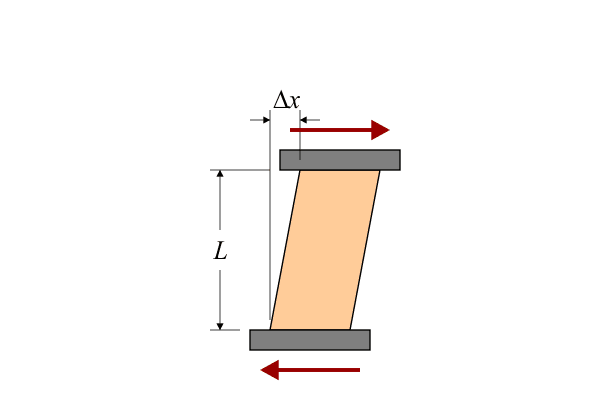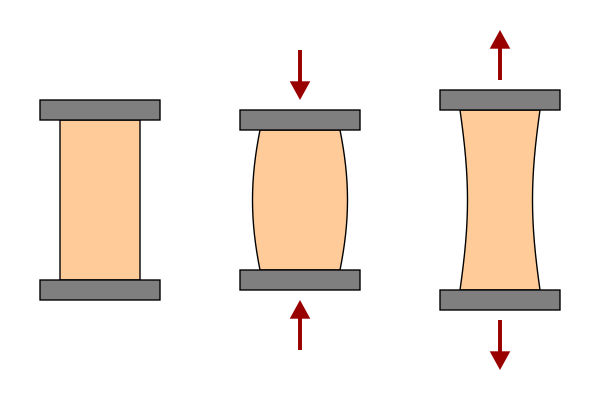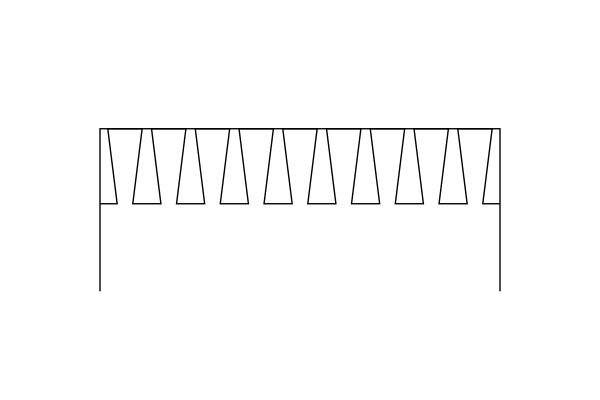As part of the Yankee Tender build, I am making an oar that will be part of two matched sets. We are using a classic design pattern from Pete Culler's,
Boats, Oars and Rowing or Skiffs. Yesterday we milled the blanks out of spruce and will likely complete the project tomorrow (approximately 2.5 days). Below is a good representation of the pattern we are using and an article I found on making the oars.
The Long Oars of Pete Culler
(reproduced from Wooden Boat magazine, July/August 1986)
How to create oars that turn minimum effort into maximum power
By Rick Cahoon
The natural feeling of grips made for your hands; the balance of the long oars as they move easily into and out of the water; the sound of leather against metal; the feeling of power that seems to multiply the effort you put into each pull; the muffled sound of the blades as they slide smoothly, gently into the water, are turned for maximum power with each pull, and are feathered for a clean exit that leaves only tight whirlpools trailing behind the skiff – all these fine qualities of well-designed and made oars reach the epitome in the long oars of Pete Culler. They must be powerful but balanced, have the right amount of spring in them without being weakened, must turn minimum effort into maximum power, and look “right”.
One boatbuilder who has become intimately familiar with these oars and their construction is John Burke, Assistant Director of the Maine Maritime Museum in Bath, and author of the book, Pete Culler’s Boats. As Culler taught him, “The oars being used must match the boat, and, to a large extent, the oarsman, too, in the same way a propeller needs to match hull and motor.” “ The importance of choosing the right type of rowing craft for your requirements and purposes has been given much coverage,” says Burke. “Unfortunately, this emphasis on a proper craft does not generally extend to the oars that propel it.”
According to Burke, most oars being mass produced are too short, too blade-heavy, and suffer from a lack of liveliness. Good oars should be “alive,” in the same way a good pulling boat is – light, flexible, and designed and built with a specific purpose in mind. Culler accomplished this by creating light and thin blades (both in cross-section and width), relatively light looms, heavy square sections inboard of the gunwales for balance, and a unique handle design.
There are many designs that can be made to these specifications. For the purpose of this instruction, Burke chose a set of 9’ flat-bladed, working oars. A pattern can be fashioned from another oar or from lines taken from Culler’s books, Boats, Oars and Rowing or Skiffs and Schooners. Mystic Seaport also provides plans for Culler oars.
The choice of wood for this project is critical. Strength, flexibility, and light weight are essential characteristics of Culler oars. Burke finds that Northern spruce works well for him, but cedar and pine may be used. For heavier boats, harder woods such as ash, fir, or even sassafras may be suitable.
Whether the oar is partially painted for decoration (which Burke prefers) or is left bright, Burke recommend at least six coats of varnish. Then, leathers will need to be cut and sewn to the shaft just below the square inboard section. The herringbone or reverse baseball stitch seems to work best. The stitch is illustrated in Culler’s Boats, Oars, and Rowing and The Marlinspike Sailor by Hervey Garrett Smith. Leathers for the present 9’ oars should be about 14” long and should be sewn on before the final coat of varnish. Leathers should be kept greased with tallow (preferred) or Vaseline. The only portion of the oar to be left unfinished is the grip. A simple oil finish will adequately treat and protect that wood.
It should be noted that the two oars should be worked together. Do not complete one oar before starting the other. At various points during the shaping process, the oars should be checked for equal weight. Although it is not necessary (or even possible) to have them come out exactly the same, their weights should bed as close as possible to provide balance while rowing. The final weight of the oars will depend on the type of wood used, length of the oar, and your level of skill. Examples of ideal weight are: 10-11 lbs per pair for 8’ ash; 5 ½-6 lbs for 8’spruce; and 6-6 ½ lbs for the 9’ spruce oars being built here. “Yours may be heavier”, says Burke. “Don’t dismay. Just remember that excess weight is something that you’ve got to move around with your own energy. If you break oars in the learning process, you’re not out a whole lot of money, and you’ve learned a lot.”
The primary requirements for building oars are time and patience. Costs are usually minimal (often under $15). A critical characteristic in the builder is love of wood, oars, and rowing. With that love as motivation, the requirements are easily met.
To determine the length of oar you need:
1. After deciding on the wood species, you’ll need to select suitable pieces of timber. The best pieces will have grain that closely parallels the length of the oar and doesn't ‘run out’ to make the oar difficult to work or weaken the finished oar.
You may also want to consider the end-grain orientation. Since so-called vertical grain is stiffer than flat grain, you can influence the finished oar’s springiness by controlling the run of the grain lines when viewed from the end of the oar. For a springy or supple oar blade, the end grain should parallel the blade; for a stiff, strong upper loom in this laminated oar, have the top and bottom layers (those that form the handle end) sawn so their end grain is at right angles to that of the middle layer.
2. Once the pattern is traced, three blanks are cut for each oar.
3. Each blank is then finished to a thickness of ¾”. Two thicker blanks can be used, but thicker stock is not as readily available as standard ¾” lumber. Although Burke uses a bandsaw and a planer in this sequence, he emphasizes that “a hand saw and a hand plane will produce similar results, although the process will be more tedious and time consuming.” Whatever tools you use, it is very important to true up the surfaces that are to be glued, since this will create a stronger bond.
4. Each blank is weighed to determine that corresponding ones are approximately equal. This will ensure that both finished oars will start out weighing the same and are therefore balanced – an
important characteristic. If there’s a great weight discrepancy between the blanks, weigh three of them at a time in various combinations until you get two sets nearly equal in weight. Blanks are placed together so that there is no opposing grain in adjoining pieces, since this would make the oar hard to shape. The blank with the best flat grain at the blade end is sandwiched in the middle since most of the wood of the outside pieces will be cut away at the blade, leaving only the center piece.
5. The choice of glues is not highly critical, although ease of use and aesthetics are important to Burke. “Weldwood is my choice since it is easy to mix, is not temperature critical, has a fairly long working life, and does not show a noticeable glue line when the oar is shaped.”
6. After covering all mating surfaces with glue, the blanks are fitted together and clamped to strongbacks, top and bottom, using as many clamps as possible. Firm, even pressure is applied, and then Burke sights down the glue lines to be sure all blanks are straight and true, top to bottom and side to side.
7. Shaping begins with rough-cutting the oars, starting with the blade. A centerline is drawn along the edge of the blade, with two guidelines for cutting on either side. These cuts, made on a bandsaw, will determine each blade’s maximum thickness along the center ridge from neck to tip. Additional shaping with a hollow plane will be necessary later to get the cross-sectional diamond shape of the blades. (If a two-way tilting bandsaw table is available, you can eliminate much of this additional hand-shaping by making four cuts at a 2-3 degree angle, resulting in the desired diamond shape.)
8. With that completed, the oar is reversed, and the handle is shaped. The grip is marked out on the wood so that it will have a reverse taper – that is, the end of the grip that joins the shaft of the oar will be smaller in diameter than the free end. Most grips are front tapered or bell shaped, but Culler found
that the reverse taper was more comfortable and secure. Burke agree, and says, “It is unusual, but I have found it a great advantage.”
9. The rough cut of the grip is then made on the bandsaw.
10. The round shape of the grip is drawn on the roughed-out grip, and then corners are removed with a rasp.
11. Just below the grip, the shaft of the oar is kept square and should be trued. Maintaining this square shape adds extra weight inboard of the oarlocks to help counterbalance the long outboard portion leading to the blade. This is an important feature of Culler oars, one that gives even the longest oars a balance and liveliness that adds to the pleasure of rowing. “It is a counterweight and helps in lowering the inboard part of the oar during feathering,” says Burke. “Even eight-siding this part of the oar will take off weight that you need. Some people drill a hole in the end of the handle, bore it down, and fill it with lead to accomplish the same thing. But I feel what you’re looking for is the lightest possible oar, and if you leave the inboard end of the oar square, there will be enough weight without adding anything.
12. Starting at a point shown on the pattern, the remainder of the shaft is rounded. Rounding generally begins where the leathers will be attached to the oar. The shaft is held in place on the bench with a V-block and clamp. To round this length of the shaft (the loom) requires that it first be eight-sided. A spar gauge is used for marking the eight lines that will be used as a guide.
13. Making a marking gauge for eight-siding an oar. To use, pull gauge along length of oar while keeping the markers and side of gauge in contact with oar. Use gauge on all four sides of oar’s loom.
14. After all four sides are marked from the oarlock location to the neck, the corners are cut down with a drawknife.
15. This is followed by a spokeshave, which makes a more precise cut to the marks.
16. Then a hollow plane is used to round the eight-sided loom. If a hollow plane is not available, the loom can be 16-sided by using the spar gauge a second time. A spokeshave will then round the 16-sided section.
17. To shape the neck and blade of the oar, Burke uses a box scraper, although any hollow tool such as a round-bottomed or backing-out plane is useful for this purpose.
18. The shape being sought is a ridge that runs the length of the loom, becomes prominent at the neck, and dominates the blade. “what you’re trying to do as you reach the end of the oar is take off as much weight as possible, and the ridge allows you to do that,” explains Burke. “It’s similar to the webbing of a duck’s foot. Anything that’s not being used for strength, that’s excess on the blade, is weight that you don't need, particularly out on the end of the oar.” Eventually, the edge of the blade
is reduced to approximately 3/16”.
19. The final stage of shaping is a complete sanding. How much effort this step takes depends on how carefully the shaping tools have been used and what type of finish you desire. This step can be shortened substantially by first going over the oar with the shaping tools set for very fine cutting. This eliminates much of the rough sanding and leaves an excellent finish for fine sanding. When all visible cutting marks are removed, the oar should be wiped with paint thinner to reveal any hidden tool marks. Sandpaper with 220 grit may then be used to get a final smooth surface.























%2Br36087v33.png)







%2Br113898v42.jpg)

